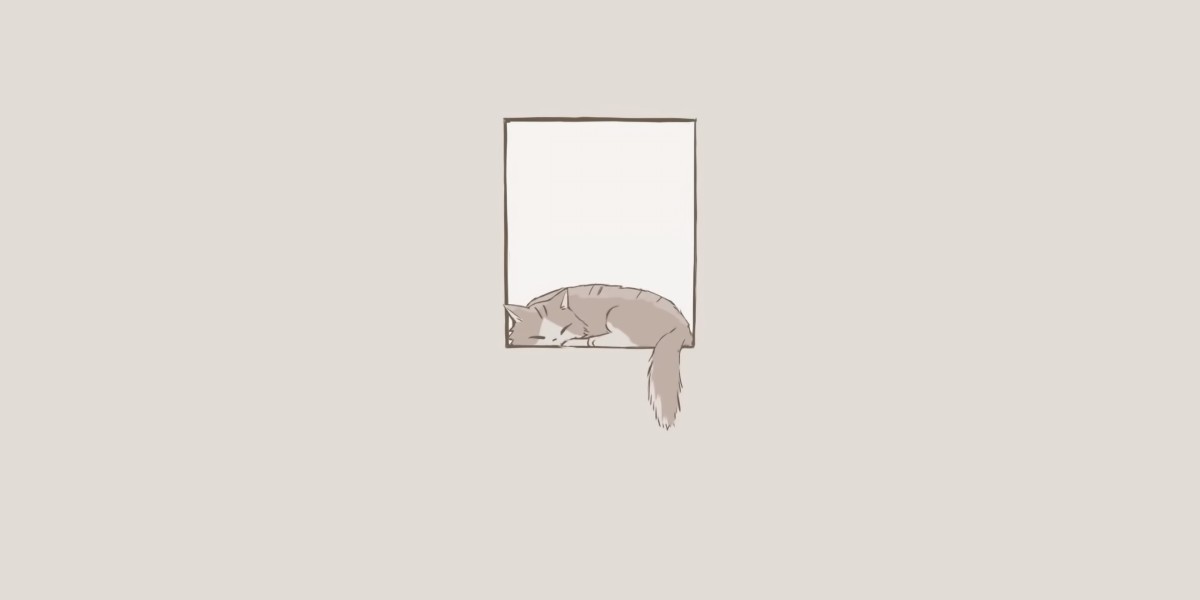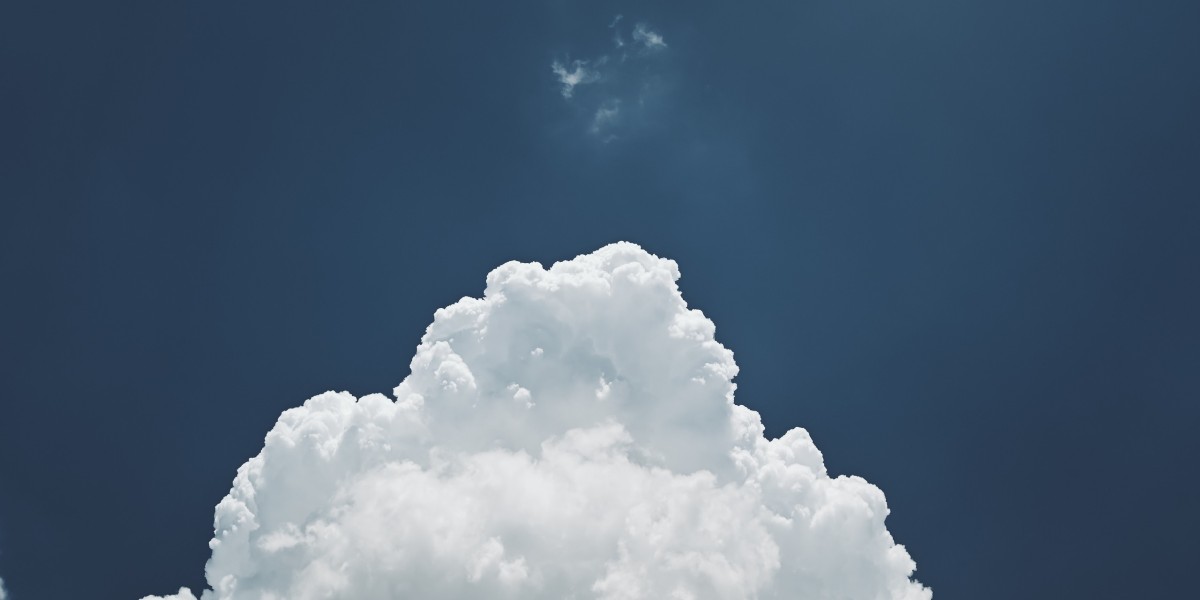Unlock Stunning Studio Shots: The Secrets to Choosing the Perfect Lighting!
When it comes to studio photography, lighting can make or break your images. The right lighting not only enhances the subject but also sets the mood and depth of the photograph, creating a compelling visual narrative. Whether you're a seasoned photographer or just starting, understanding the nuances of studio photography lights is crucial. This article aims to guide you through the various types of lighting available, including continuous lights and flashes, and how each can serve different creative purposes. By the end, you'll be equipped with the knowledge to choose the perfect lighting setup that suits your photography style and goals.
Understanding Studio Photography Lights
Studio photography lights generally fall into two categories: continuous and flash. Continuous lights provide a constant source of illumination, allowing you to see how the light interacts with your subject in real-time. They are particularly useful for video work or when you want to maintain a consistent look throughout a shoot. On the other hand, flash lights produce a brief burst of light, which can freeze motion and create striking images by capturing detail in a way continuous light cannot. Both types have their advantages; choosing one depends on your specific needs. For instance, I recently helped a friend set up a photoshoot for her art portfolio, and we opted for continuous lights. This choice allowed her to see how the light fell on her pieces, adjusting as needed until everything was just right. Proper lighting is essential as it shapes mood, adds depth, and enhances texture in photographs, making it an indispensable tool for any photographer.
Key Factors to Consider When Choosing Studio Lights
When selecting studio photography lights, you must consider several key factors. Brightness is one of the most significant aspects, typically measured in wattage or lumens. A higher wattage translates to brighter light, which is essential for achieving the desired exposure in your images. Another crucial element is color temperature. The warmth or coolness of your light can greatly affect the overall feel of your photographs. This is measured in Kelvin (K); lower numbers indicate warmer tones, while higher numbers result in cooler hues. Lastly, consider the light modifiers you'll use. These accessories can drastically alter how light interacts with your subject and surroundings, affecting everything from softness to directionality. For my own projects, I often choose lights that allow for versatility, accommodating different modifiers that suit various styles and subjects.
Types of Light Modifiers
Light modifiers are essential tools in studio photography as they help shape and control the quality of light. Common types include softboxes, umbrellas, and reflectors. Softboxes diffuse light, creating a soft, even spread that reduces harsh shadows, making them ideal for portrait photography. Umbrellas can either diffuse or reflect light, depending on how they are positioned, and are great for quick setups. Reflectors, often overlooked, can bounce light back onto the subject, filling in shadows without adding additional light sources. During a recent shoot, I experimented with a combination of a softbox and a reflector, which resulted in beautifully lit portraits with just the right amount of softness. Knowing when to use each type of modifier can elevate your photography to new heights.
Setting Up Your Studio Lighting
Setting up your studio lights effectively is crucial for capturing stunning images. A classic approach is to use a three-point lighting setup: the key light, fill light, and backlight. The key light is your primary light source, illuminating your subject. The fill light softens shadows created by the key light, while the backlight adds depth by separating the subject from the background. Positioning is key—experiment with angles and distances to achieve the desired effect. During my friend’s art portfolio shoot, we spent time adjusting our key light to find the perfect angle that highlighted her artwork without overwhelming it. Always remember that experimentation is vital; don't hesitate to make adjustments based on your subject and the effect you're aiming for.
Common Mistakes to Avoid
Even experienced photographers can fall into common traps when setting up studio lighting. One frequent mistake is overexposure, which can wash out details and diminish the overall quality of an image. Another issue is inadequate lighting ratios; failing to balance your key and fill lights can result in flat or uninteresting photographs. Additionally, neglecting background lighting can lead to dull, lifeless images. I once worked with a photographer who focused solely on the subject, ignoring the background lighting, and the result was a flat image that lacked depth. By being mindful of these pitfalls, you can significantly enhance the quality of your studio photography.
Mastering Your Studio Lighting Setup
In summary, choosing the right studio photography lights involves understanding the different types available, considering key factors like brightness and color temperature, and knowing how to effectively set up and modify your lighting. Experimentation is vital; don't shy away from trying new setups and modifiers to discover what works best for your unique photography style. Remember, mastering lighting can take your studio photography to the next level, allowing you to create stunning images that truly reflect your vision. So grab your lights, get creative, and let your photography shine!









